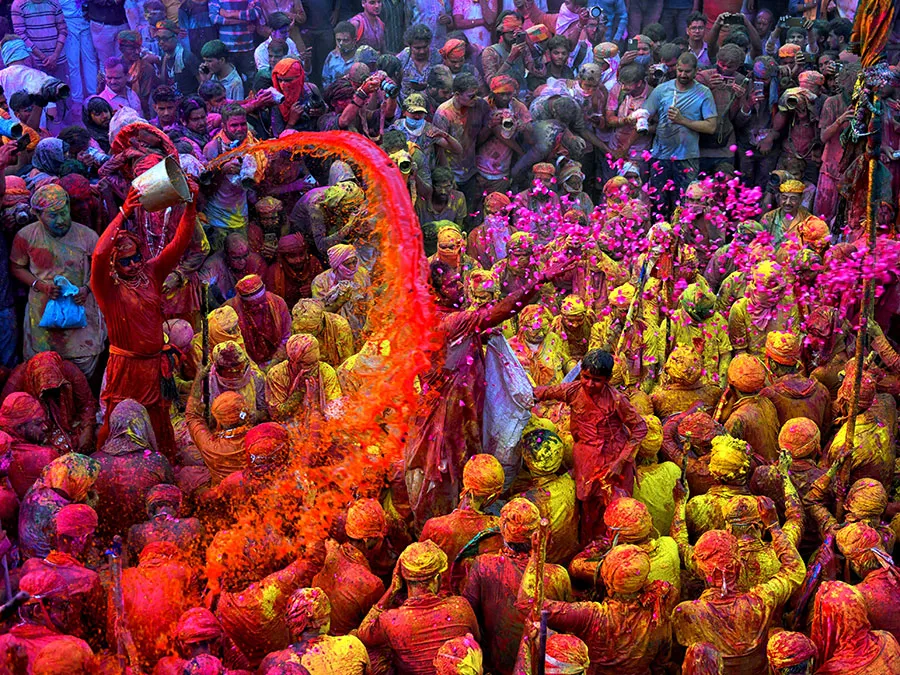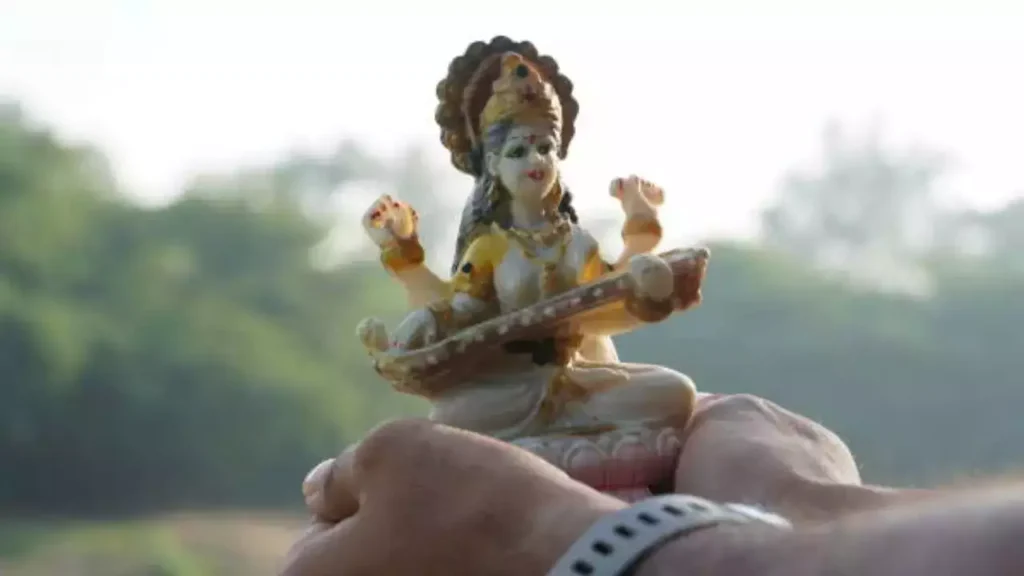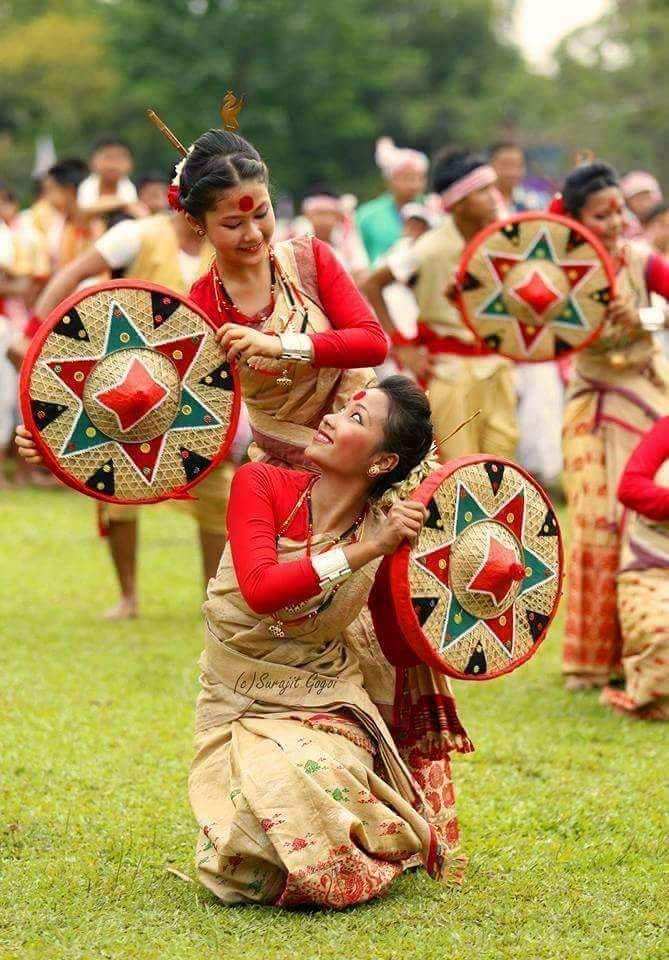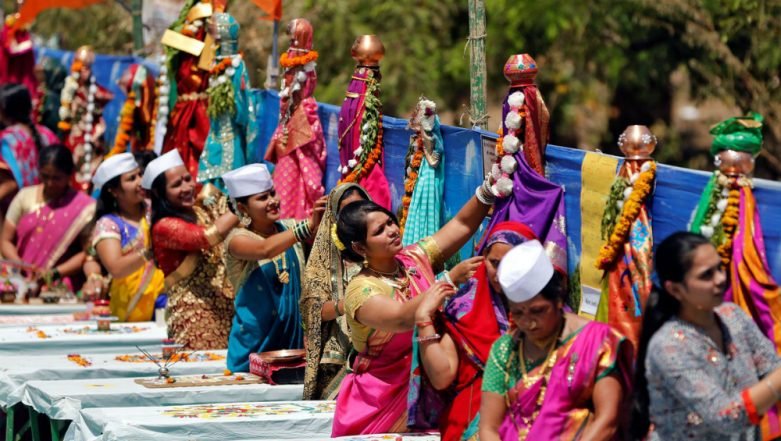Celebrating the Vibrant Colors of Spring: Exploring India’s Spring Festivals
As winter bids adieu and nature awakens to the warmth of the sun, India bursts into a riot of colors and celebrations with the arrival of spring. This season, known as Vasant Ritu in Hindi, is a time of renewal, joy, and cultural festivities across the country. Let’s embark on a journey to explore the enchanting spring festivals of India that capture the essence of this vibrant season.
1. Holi: The Festival of Colors
Holi, perhaps the most famous spring festival in India, transcends borders and cultures with its exuberant celebrations. Also known as the “Festival of Colors,” Holi marks the triumph of good over evil and the arrival of spring. People from all walks of life come together to drench each other in colored powders, dance to the beat of traditional drums, and indulge in festive delicacies.
From the bustling streets of Delhi to the tranquil villages of Mathura and Vrindavan, Holi is celebrated with unparalleled zeal and fervor. Families gather to smear gulal (colored powder) on each other’s faces, while children joyfully spray water guns and throw water balloons, turning the streets into a kaleidoscope of hues.

2. Basant Panchami: Worshiping the Goddess of Knowledge

Basant Panchami, also known as Saraswati Puja, heralds the arrival of spring with reverence and devotion. This festival is dedicated to Goddess Saraswati, the deity of knowledge, wisdom, and the arts. Devotees dress in vibrant yellow attire, symbolizing the blossoming of mustard flowers that adorn the countryside during this season.
Schools, colleges, and cultural institutions organize special prayers and ceremonies to seek the blessings of Goddess Saraswati for academic success and creative endeavors. Traditional musical performances, dance recitals, and poetry readings further enrich the festive atmosphere, celebrating the beauty of language and culture.
3. Bihu: Celebrating Assamese New Year
In the northeastern state of Assam, the arrival of spring is celebrated with the colorful festival of Bihu. This three-day festival, observed in mid-April, marks the Assamese New Year and pays homage to the agricultural heritage of the region. Bihu is characterized by lively folk dances, melodious songs, and feasts featuring traditional Assamese cuisine.
During Rongali Bihu, the most significant of the three Bihu festivals, communities come together to perform the energetic Bihu dance, accompanied by the rhythmic beats of dhol (drums) and pepa (buffalo horn). The air resonates with joy and merriment as people exchange heartfelt greetings, distribute sweets, and participate in various cultural competitions and games.

4. Gudi Padwa: Welcoming the New Year

Gudi Padwa, also known as Ugadi or Chaitra Shukla Pratipada, marks the beginning of the Hindu New Year in the states of Maharashtra, Karnataka, and Andhra Pradesh. On this auspicious day, families hoist Gudi, a decorated pole adorned with neem leaves, flowers, and a bright cloth, outside their homes as a symbol of prosperity and good fortune.
The streets come alive with processions, folk performances, and decorative rangoli patterns adorning doorsteps. Traditional sweets such as puran poli, holige, and obbattu are prepared to commemorate the occasion, inviting loved ones to partake in the joyous festivities.
